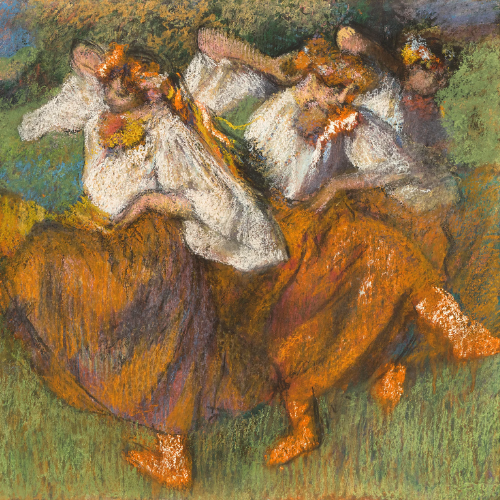
The Gladstone Dinner Service by Paul Storr was presented to Sir John Gladstone in 1824. The service is comprised of 57 pieces in all, each crafted in the master's superb Neoclassical aesthetic.
Without question, Paul Storr can be considered among history's finest smiths and he will long be remembered for perfecting the works, styles and designs of the Regency period.
Storr pursued a career in silversmithing at an early age, apprenticing to Swedish-born smith Andrew Fogleberg when he was only 14. Fogleberg's interest in the neo-classical style greatly influenced his student, and in the young Paul Storr, he had found a most avid and accomplished protege.

These Royal Regency Silver Wine Coolers by Paul Storr were owned by HRH Princess Beatrice, the youngest daughter of Queen Victoria and Prince Albert. The coat-of-arms of Princess Beatrice and her husband Prince Henry of Battenberg are engraved upon each.
Storr entered his first mark in 1792, which reflects his short-lived partnership with William Frisbee. Soon after, he began to use his PS mark, which he maintained for the duration of his career with only minor changes. Though he held no official title, Storr enjoyed patronage from many important and powerful figures of the period, including King George III. His first major work was a gold font commissioned by the Duke of Portland in 1797 and in 1799 he created the "Battle of the Nile Cup" for Lord Nelson.
Much of Storr's success was partly due to the influence of Phillip Rundell, of the popular silver retailing firm of Rundell, Bridge and Rundell. Rundell's firm nearly monopolized the early 19th century market for superior silver and obtained the Royal Warrant in 1806. This shrewd businessman realized the talent of Paul Storr and began pursuing him in 1803, but it wasn't until after declining many offers that Storr finally joined the firm in 1806.
 After many years of working for Rundell, Storr realized he had lost much of his artistic freedom and by 1819 he left the firm to open his own shop, turning his attentions towards more naturalistic designs and soon began enjoying the patronage he desired.
After many years of working for Rundell, Storr realized he had lost much of his artistic freedom and by 1819 he left the firm to open his own shop, turning his attentions towards more naturalistic designs and soon began enjoying the patronage he desired.
After only a few years of independence, Storr realized he needed a centralized retail location and partnered with John Mortimer, founding Storr and Mortimer in 1822 on Bond Street. By 1838, his latest collaboration became riddled with complications, mostly due to Mortimer's poor management of the business. Storr retired from silversmithing and at the age of 68 he and his wife, Elizabeth, moved to Tooting in 1839. Storr died just five years later.
Paul Storr's legacy is a remarkable body of work with far-reaching influences. Neo-classical pieces, and exuberant, ornate vessels, Storr imparted a level of craftsmanship and superior quality that has seldom been seen since. His efforts were not reserved for his more prestigious pieces. In fact, every piece of Storr silver was given the same superior level of quality, receiving the benefit of being created from the finest high-gauge silver.







